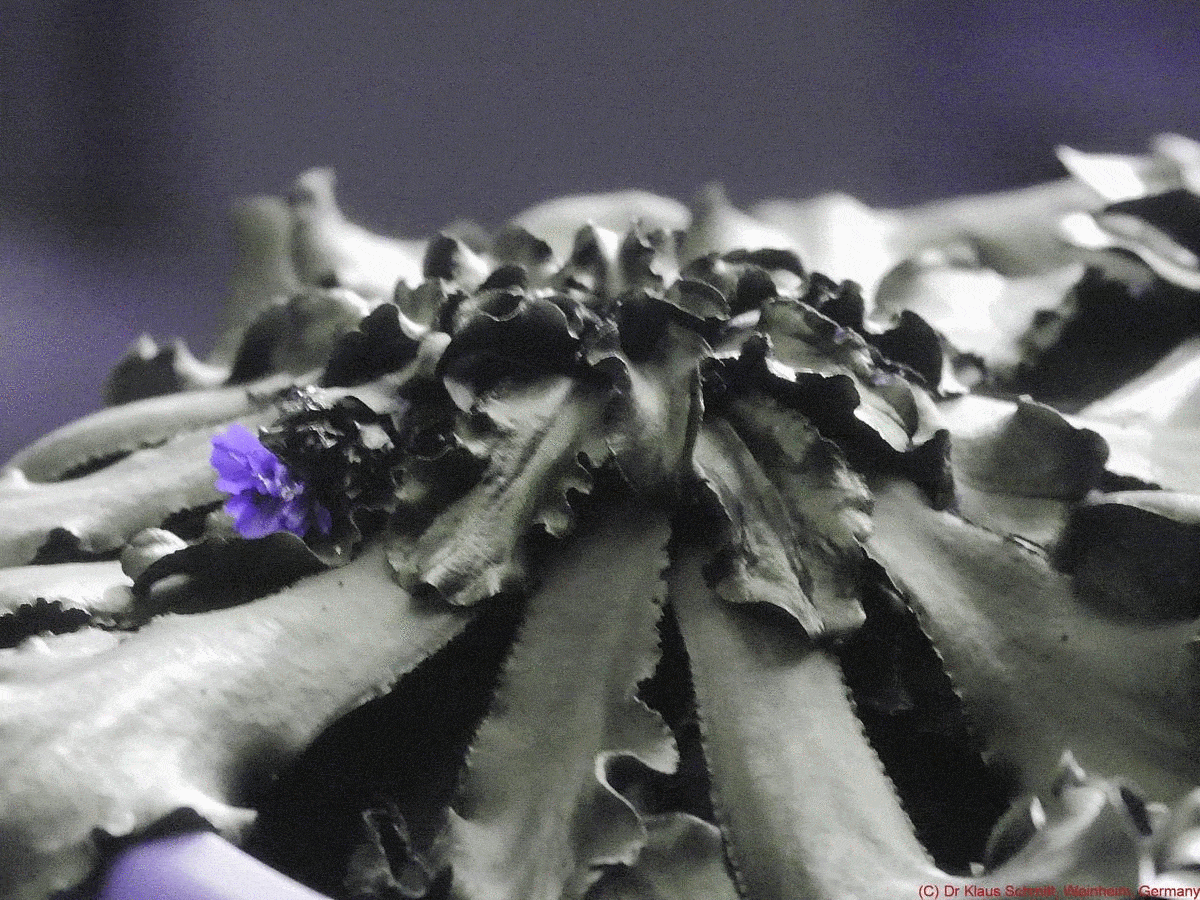Dr Klaus Schmitt
Well-known member
Quite warm here (27C/81F) for first week of April, so my Lewisia flowers started to bloom...
So today shots of a white long blooming, perennial flower: Cliff maids - Lewisia cotyledon https://en.wikipedia.org/wiki/Lewisia_cotyledon in reflected ultraviolet photography and simulated bee and butterfly vision. All shots were done at f11 in reflected ultraviolet photography using my "work horse" UV filter, the Baader-U filter, as well as my XBV filters for simulated bee and butterfly vision. Lens was a UV-Nikkor 105mm quartz fluorite lens. Light source was a studio flash modified for high UV output by carefully etching away the golden UV blocking coating on that Xenon bulb.
Visible light (400-650nm):
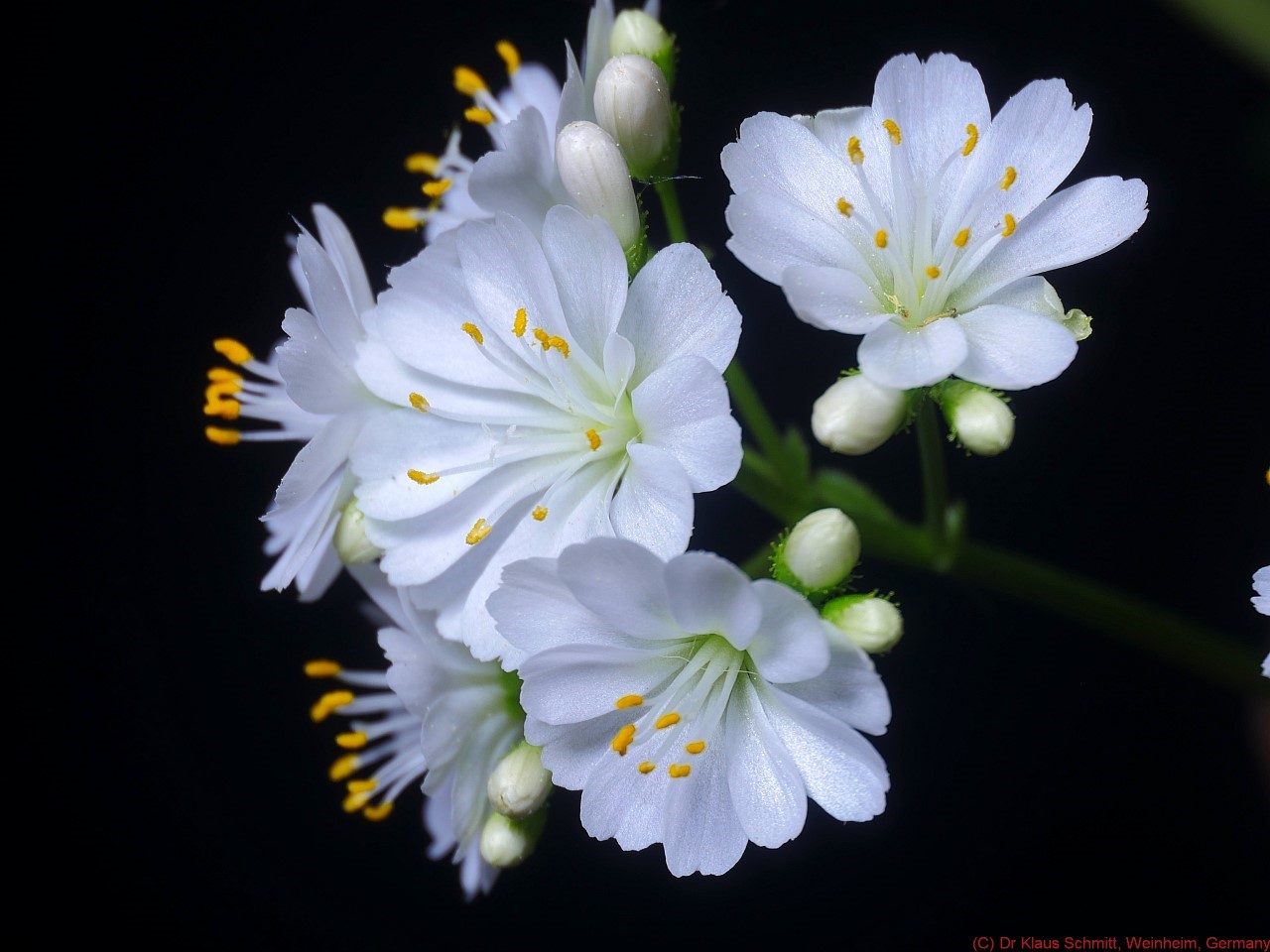
Reflected UV (300-400nm):
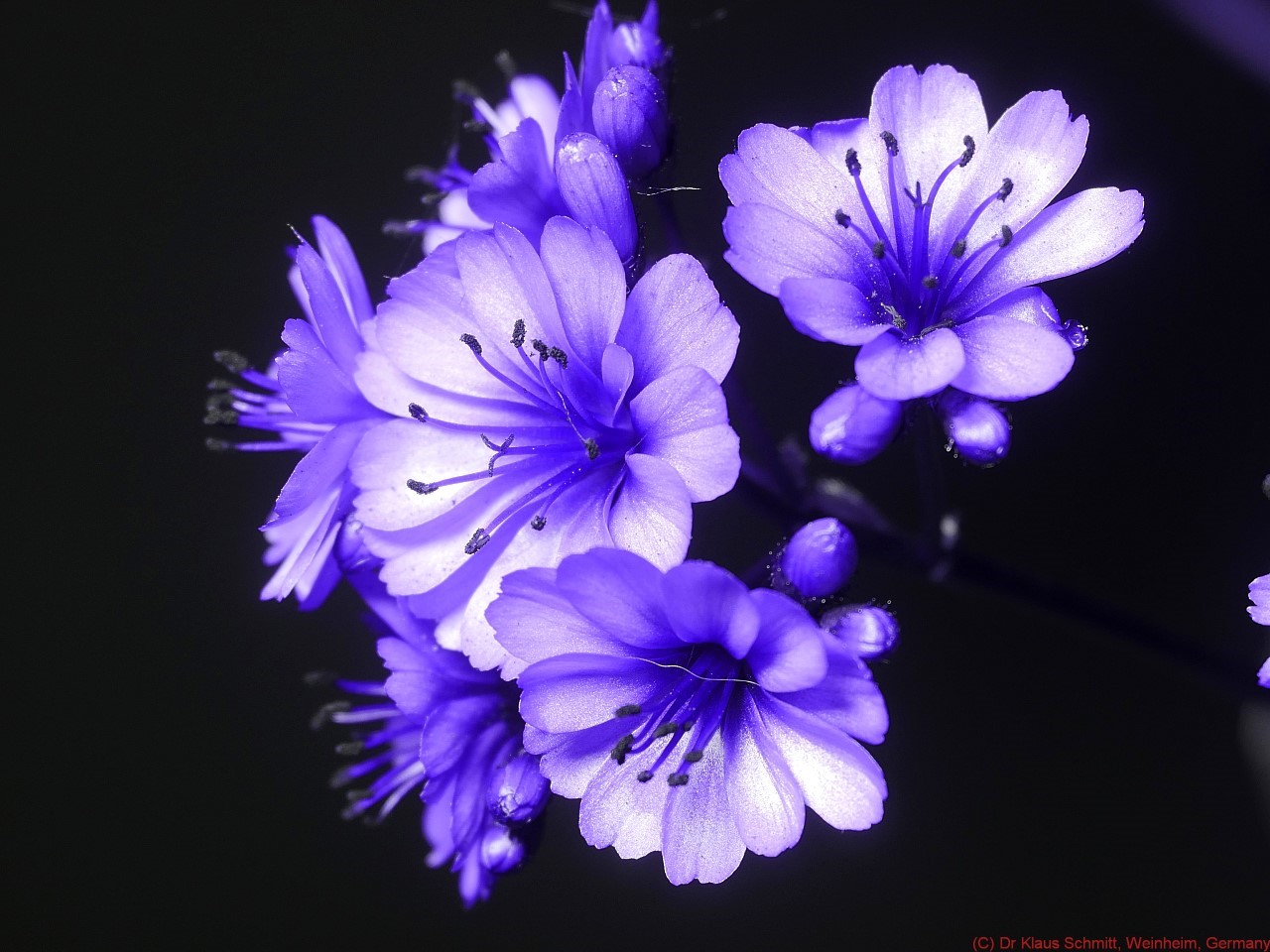
Simulated Bee vision (300-550nm):
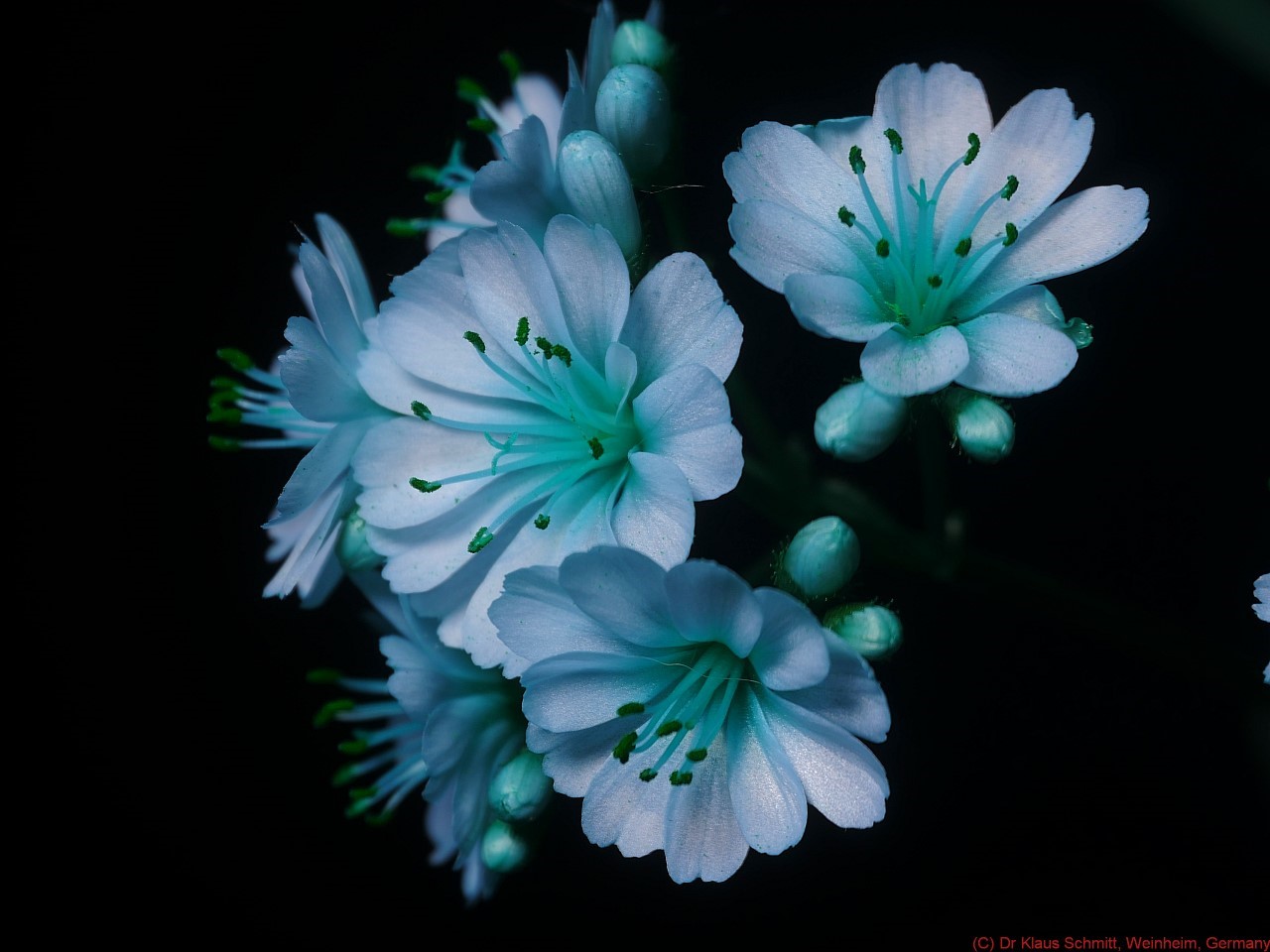
Simulated Butterfly vision (300-650nm):
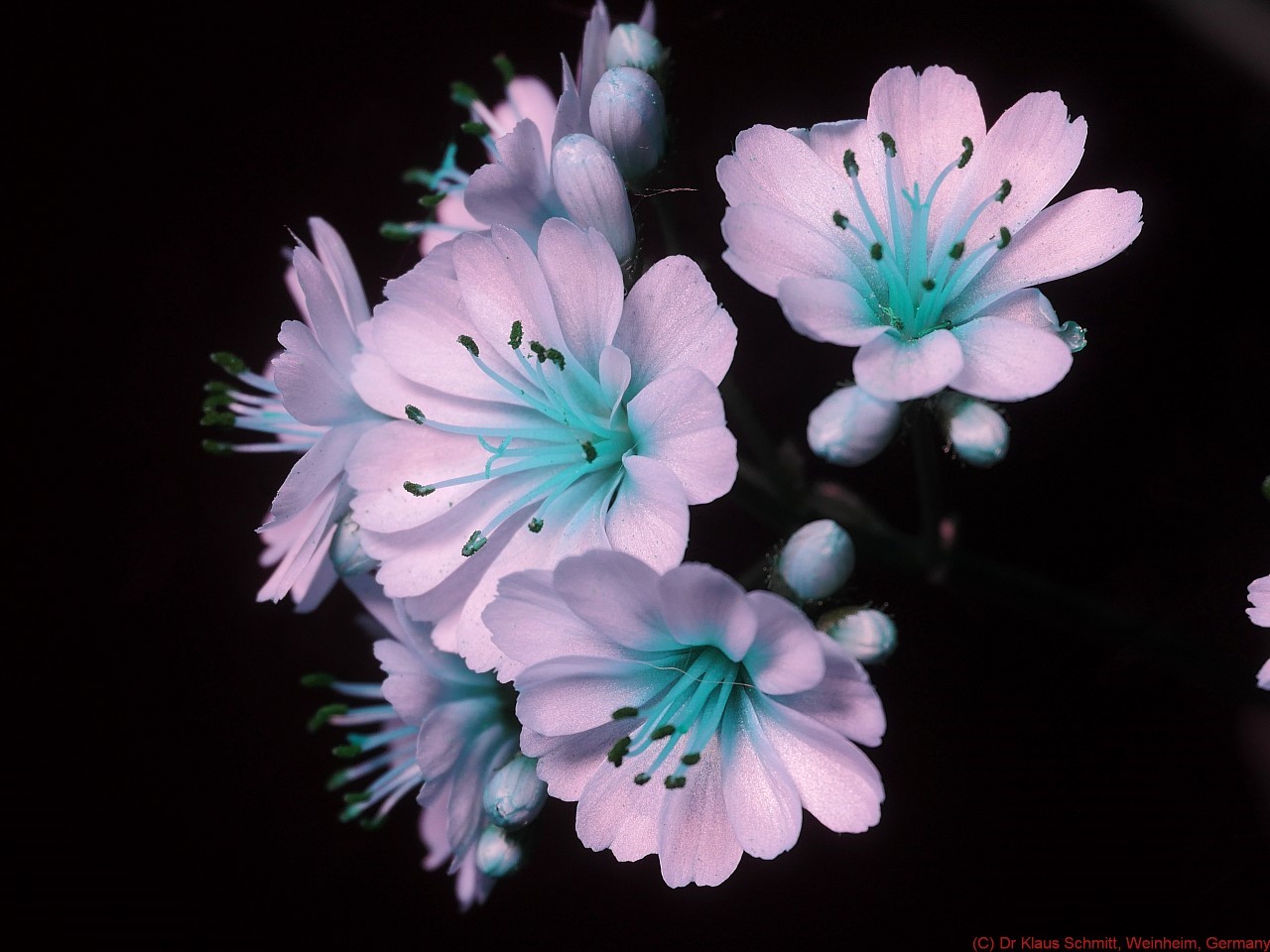
Quadriptych of human vision, UV, simulated bee and butterfly vision (left to right, top to bottom):
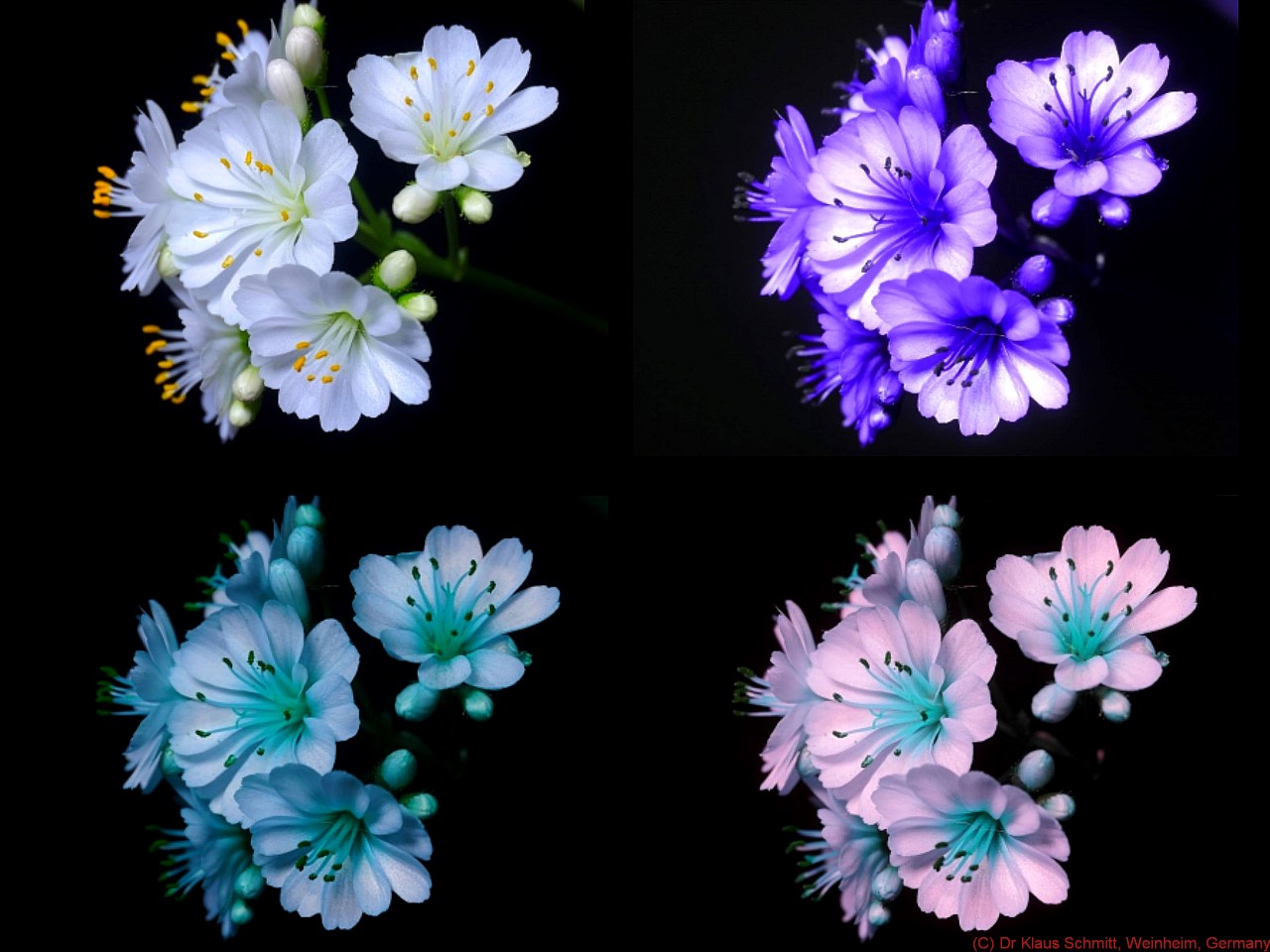
Lewisia has a visible UV pattern, its petal tips are UV bright around 385nm, its center is UV dark, so this gets quite nicely visible, also in simulated butterfly and bee vision.
But there is something special about this one - there is a highly UV reflective area visible, formed by those shiny petals which is especially quite visible in UV! This has recently been discovered by Prof. (em) Klaus Lunau of the University of Duesseldorf, Germany and he has published about that in NATURE 2020: Lunau, K., Ren, ZX., Fan, XQ. et al. Nectar mimicry: a new phenomenon. Sci Rep 10, 7039 (2020). https://www.nature.com/articles/s41598-020-63997-3
Also on my site: https://photographyoftheinvisibleworld.blogspot.com/2024/04/cliff-maids-lewisia-cotyledon-in.html
So today shots of a white long blooming, perennial flower: Cliff maids - Lewisia cotyledon https://en.wikipedia.org/wiki/Lewisia_cotyledon in reflected ultraviolet photography and simulated bee and butterfly vision. All shots were done at f11 in reflected ultraviolet photography using my "work horse" UV filter, the Baader-U filter, as well as my XBV filters for simulated bee and butterfly vision. Lens was a UV-Nikkor 105mm quartz fluorite lens. Light source was a studio flash modified for high UV output by carefully etching away the golden UV blocking coating on that Xenon bulb.
Visible light (400-650nm):

Reflected UV (300-400nm):

Simulated Bee vision (300-550nm):

Simulated Butterfly vision (300-650nm):

Quadriptych of human vision, UV, simulated bee and butterfly vision (left to right, top to bottom):

Lewisia has a visible UV pattern, its petal tips are UV bright around 385nm, its center is UV dark, so this gets quite nicely visible, also in simulated butterfly and bee vision.
But there is something special about this one - there is a highly UV reflective area visible, formed by those shiny petals which is especially quite visible in UV! This has recently been discovered by Prof. (em) Klaus Lunau of the University of Duesseldorf, Germany and he has published about that in NATURE 2020: Lunau, K., Ren, ZX., Fan, XQ. et al. Nectar mimicry: a new phenomenon. Sci Rep 10, 7039 (2020). https://www.nature.com/articles/s41598-020-63997-3
Also on my site: https://photographyoftheinvisibleworld.blogspot.com/2024/04/cliff-maids-lewisia-cotyledon-in.html

